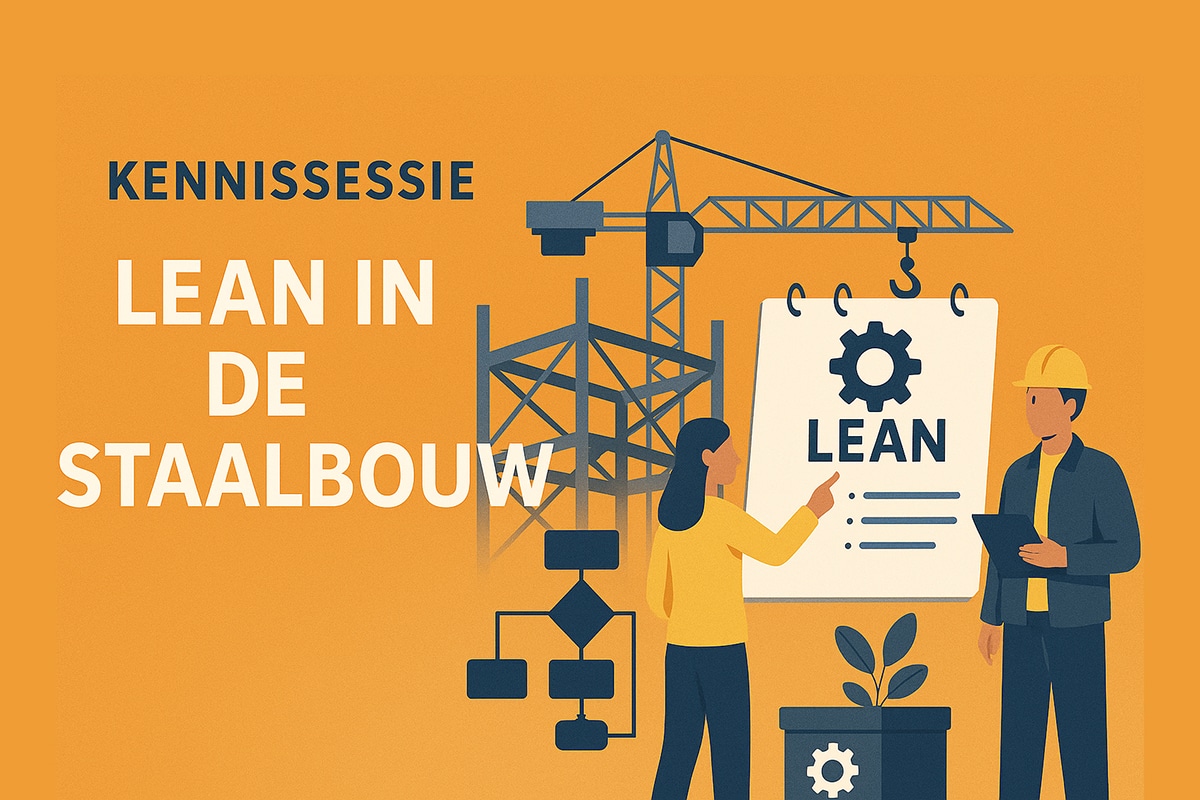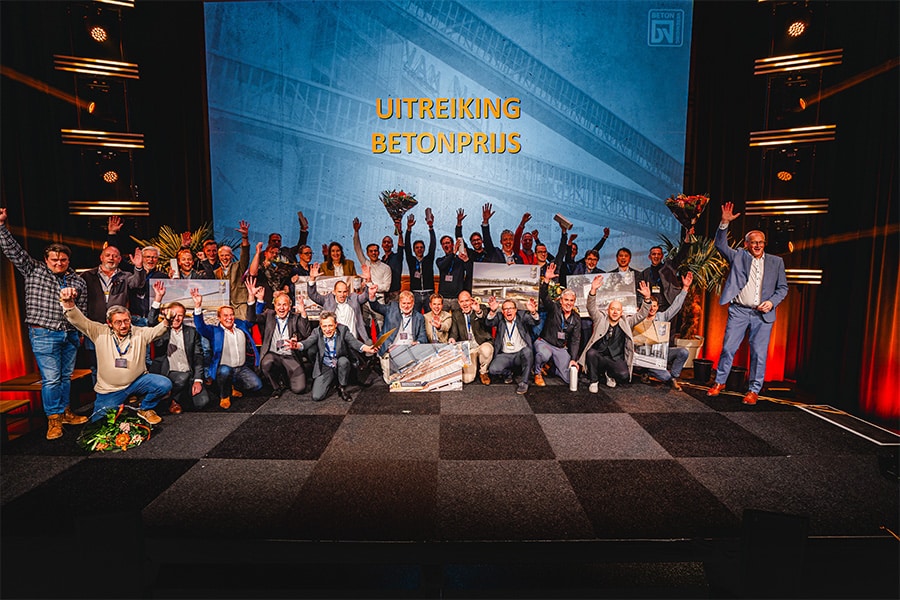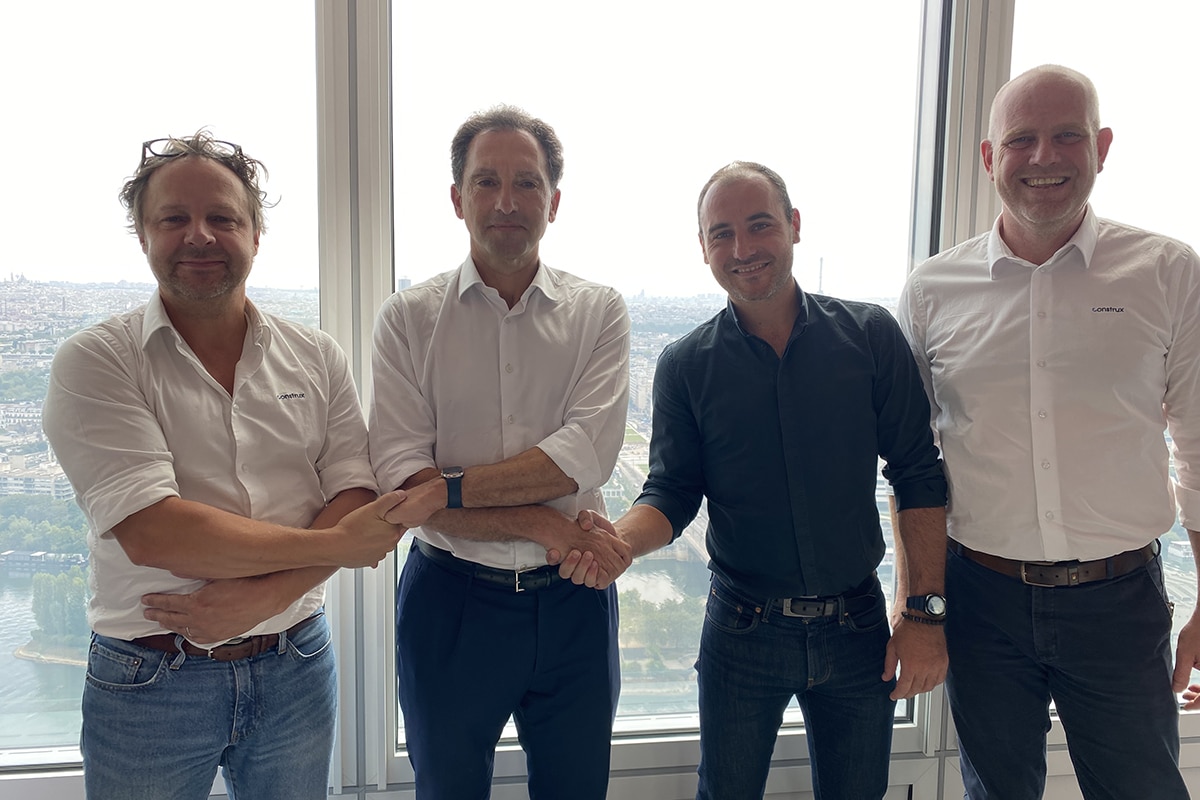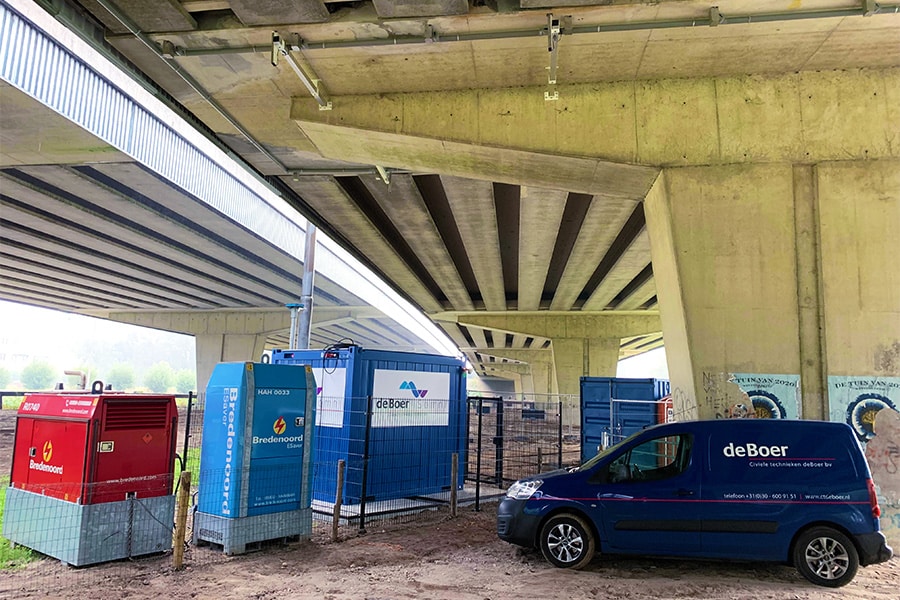
Continuous measurement and monitoring of critical infrastructure
Civil techniques deBoer has been a leading (international) player in the field of relocation techniques for more than forty years. In these often spectacular operations, the necessary sensors and high-end equipment are used to keep everything on track. Equipment that deBoer now also uses in its newest service: the continuous measurement and monitoring of structures and vital parts of artworks.
According to project manager Anton Gorter, the continuous monitoring of structures is a logical extension to deBoer's existing range of services. "When shifting, jacking and moving objects, we have been using all kinds of sensor techniques for years to monitor pressures and displacements, for example. In view of the large-scale replacement and repair task, it is important to have the best possible picture of the status of a structure. We know better than anyone how structures behave and can tell you where it is useful to measure and where not. Moreover, we have all the equipment and specialists we need in-house. So one and one is two."
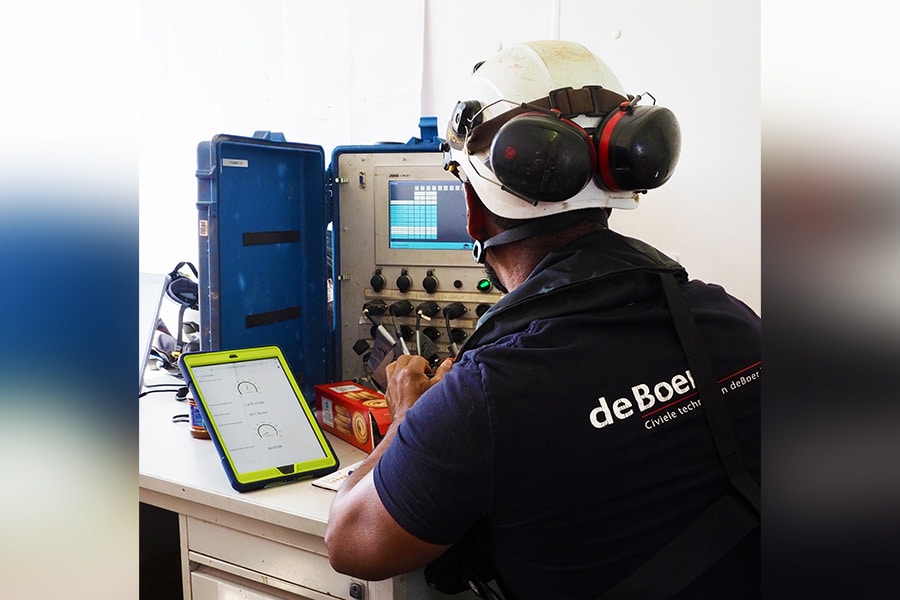
Fiber optic monitoring
And so it happened. So for some time now, Civil techniques deBoer has also been the address for conducting measurement campaigns, Structural Health Monitoring (SHM) and warning systems for critical objects in infrastructure. "We have a wide range of electrical sensors for measuring distances, loads and temperature," says Gorter. "With fiber optic monitoring, we also provide strain measurements, vibration measurements, displacements and angular displacements. All these sensors are read out by PLCs that we have developed in-house. These in turn are linked to the cloud so that we can present the data online in a dashboard. So we are not a 'club' that just picks up the data. We interpret this data and can send out an alarm in the event of an overshoot. It's up to our clients, mostly engineering firms and structural engineers, to start calculating with that data."
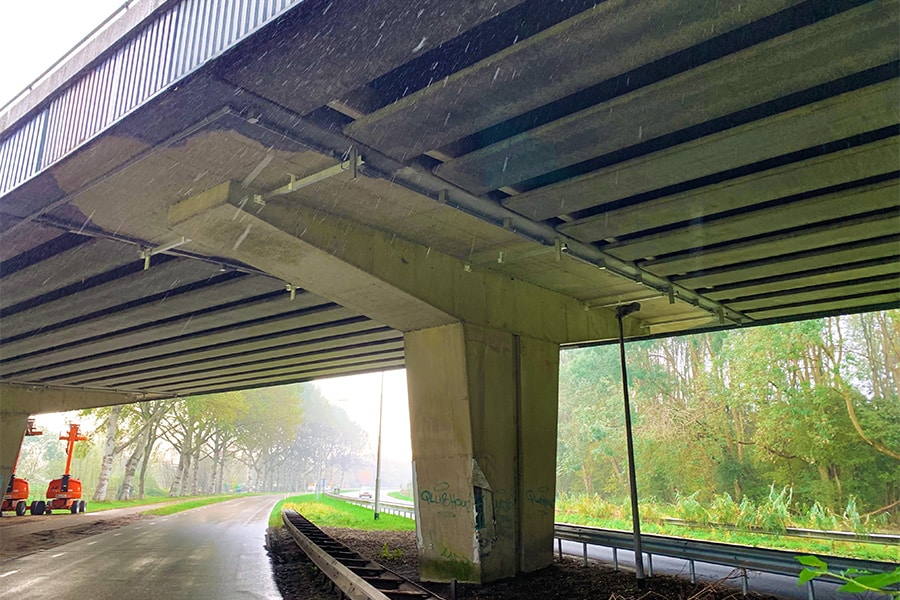
Win-win
Monitoring (parts of) engineering structures provides important insights, for example, for extending the service life or for improving a design. "For example, at a bridge we monitored the course of the joint crossings for a certain period of time. That data was used not only to intervene when the temperature rose too high, but also to construct the new joints," Gorter explains. "Moreover, the beauty of deBoer is that if we detect a problem during monitoring, we are able to take immediate auxiliary measures, such as installing an auxiliary or support structure to ensure safety. A win-win. In addition, our monitoring systems are also often used in combination with retaining or securing structures."
Optimal synergy
A good example of the synergy between deBoer's various disciplines is the work on the platform of the Luxor Theater in Rotterdam. "Because the harbor is being filled in, the municipality of Rotterdam is afraid that the tubular piles under the theater's parking deck will sink due to negative adhesion," says Gorter. "Gebr. De Koning installed large casings around five tubular piles. Together with our sister company Rijnstaal, we provided an auxiliary structure with jacks, after which the piles were cut. Sensors were installed in that hydraulic takeover installation. Should subsidence occur, it is detected and we can immediately make adjustments with the auger construction. It is a five-year project. After that time, the space between the piles will be healed."
Another current project involving (for now) only deBoer's monitoring branch is the bridge over the Naardertrekvaart. "This is where the tooth ridge issue comes into play. We equipped two piers with fiber optic monitoring to very accurately measure angular deflection and sagging. A warning signal goes out if the limits are exceeded. And so in many ways we contribute to the preservation of our built environment and critical infrastructure." Monitoring deBoer: integrated approach!

